Around the World Staycation Series – Budapest

You are invited to join our upcoming webinar, Diplomacy Matters: California Leading the Way, featuring Lieutenant Governor Eleni Kounalakis, former Ambassador to Hungary.
Budapest is the capital of Hungary and is the political, administrative, industrial, and commercial center of the country. The site has a long, rich history, having been continuously settled since prehistoric times. Currently, the city is home to about one-fifth of the country’s population.
Once called the “Queen of the Danube,” Budapest has long been the focal point of the nation and a lively cultural center. The city straddles the Danube (Hungarian: Duna) River in the magnificent natural setting where the hills of western Hungary meet the plains stretching to the east and south. It consists of two parts, Buda and Pest, which are situated on opposite sides of the river and connected by a series of bridges.
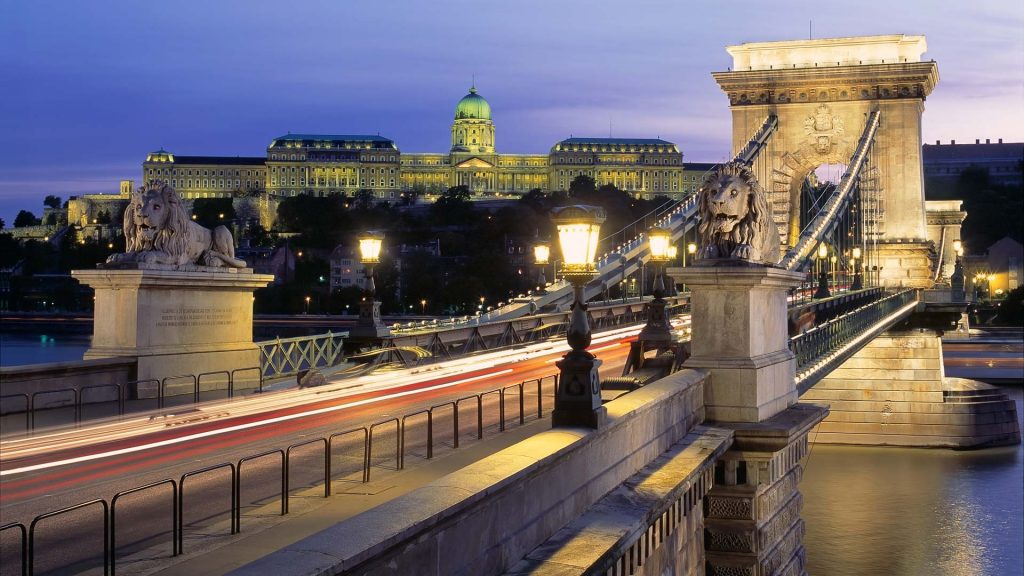
History
Budapest was founded in 895 and became a Christian kingdom in 1000 by the crowning of St. Stephan, recognized by the pope. The Habsburgs repopulated the uninhabited areas of the country with Romanians and Slovaks, artificially creating large blocks of minorities. The advancing theories of nationalism and liberalism reached Hungary in the early 19th century and the Habsburg rule became disagreeable. The development of civil society led to the 1848-49 revolution and uprising against Habsburgs, that broke out in today’s Budapest, the 15th of March 1848.
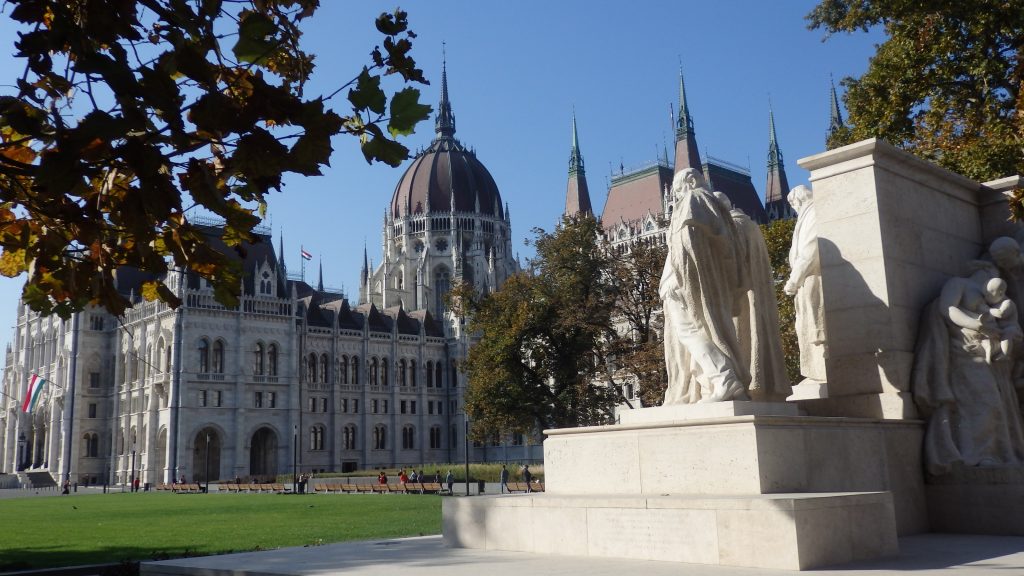
The economy collapsed during the 1950s and the standard of living was falling dramatically. Social dissatisfaction led to an uprising and an announced withdrawal from the Warsaw Pact in October 1956. This attempt met a massive military intervention by Moscow. Later on, under the leadership of Janos Kadar a slow consolidation started. In 1968, Hungary began liberalizing its economy, introducing the so-called “Goulash Communism.” The standard of living started to rise, travel restrictions became less strict and Hungary became an idol and a prosperous nation within the Eastern bloc.
In May, 1989 Hungary tore down the barbed wire fence towards Austria and opened up its borders. This was the first tear on the iron curtain, where East-German citizens were allowed to quit the Eastern Bloc freely. On the 23rd of October, 1989 the Hungarian Republic was proclaimed and in March 1990 the first democratic, general elections were held. At last Hungary became a free, democratic, European republic. In 1999 it joined NATO and from 2004 it is a member of the EU.
Culture
The rich culture of Hungary is strong in folk traditions and has its own distinctive style, influenced by the various ethnic groups including the Roma people. Music of all kinds, from classical to folk, is an important part of everyday life, as is the country’s rich literary heritage. Crafts such as ceramics and embroidery, Hungary’s distinct, traditional cuisine, strong fruit brandies, dance and the ever-popular spa treatments all reflect the heritage of this fascinating country.
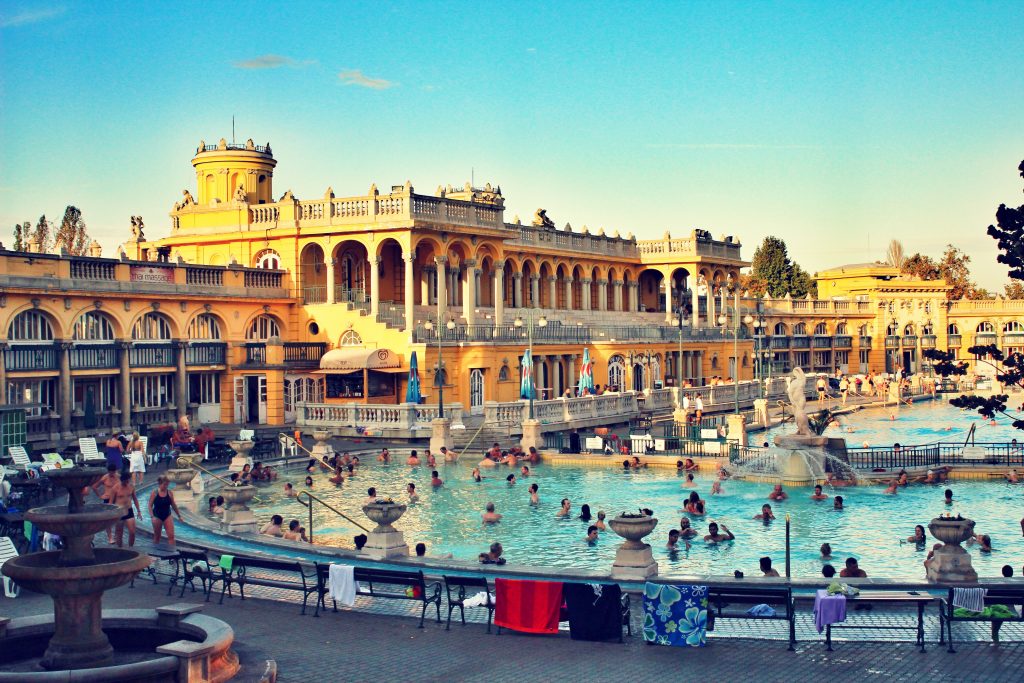
Hungary’s 10 million people are vibrant, friendly and value the family above all else, with generations living in the same household under one roof and grandparents having a strong say in the upbringing of their grandchildren. Hungarians are a nation of horsemen due to their ancient nomadic past, and visitors often receive an invitation to go riding from their new local friends. Hospitality is a major part of the culture here, and personal questions about your life are all part of the getting-to-know-you process.
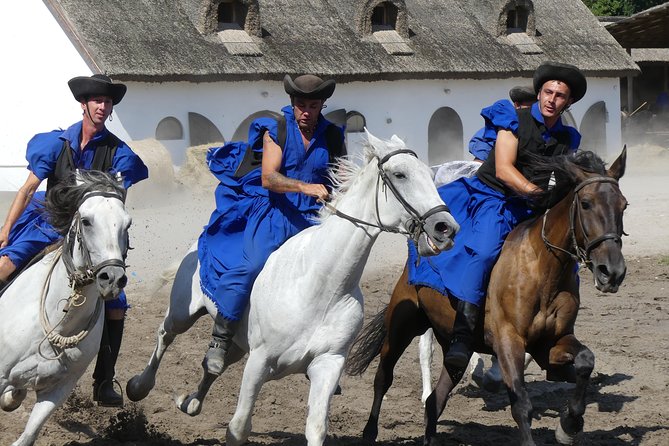
Cuisine
Goulash (gulyás)–a basic goulash is somewhere between a soup and stew, with beef (occasionally veal or pork), carrot, potato, spices and the typical paprika. Goulash has a long history going back to the ninth century, but only during the 1800s did it turn into a national symbol and a tool for preserving Hungarian identity. Lángos– deep-fried flat bread What makes it so beloved is the endless varieties of toppings that come with it. It is usually eaten with garlic sauce, cheese, tejföl (sour cream), or even sausages. Főzelék–Though it looks like a soup at first sight, a more accurate description might be a thick vegetable stew. There are many variations including potato, peas, beans, lentils and carrot főzelék, all made by simmering and thickened by flour mixed with sour cream.
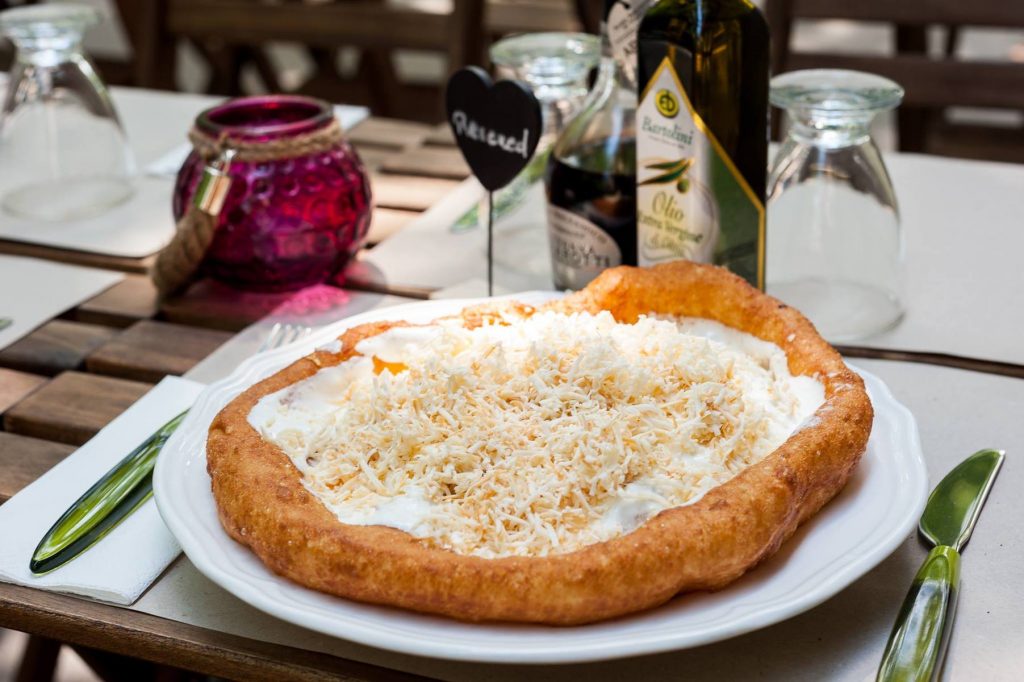
If you would like to learn more about this incredible city, check out these sites:
https://www.britannica.com/place/Budapest
https://www.travelandleisure.com/travel-guide/budapest
https://www.youcouldtravel.com/travel-blog/best-langos-in-budapest

